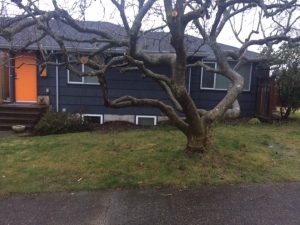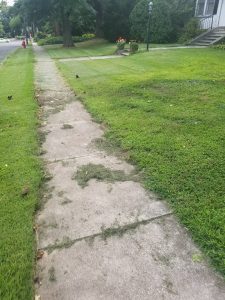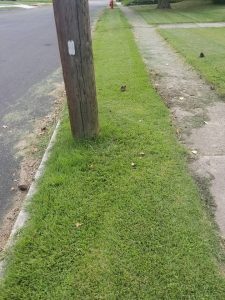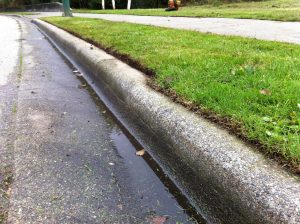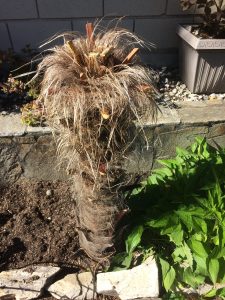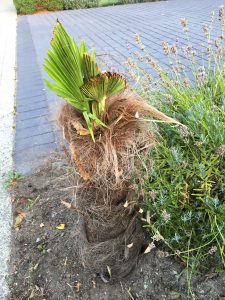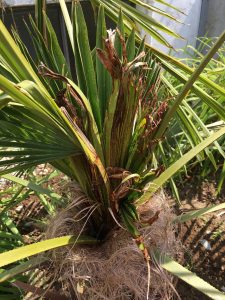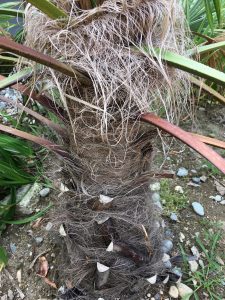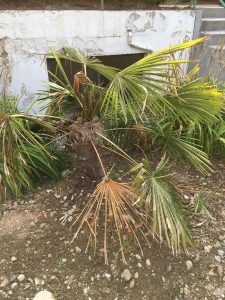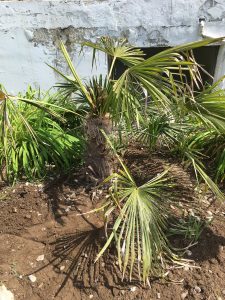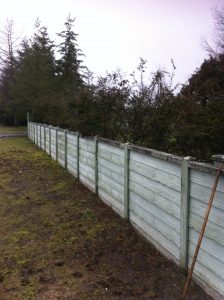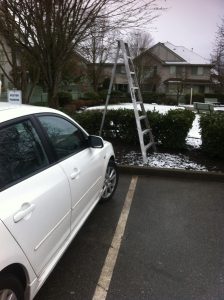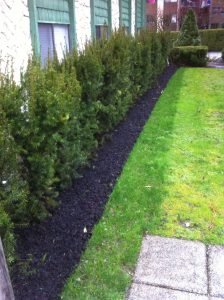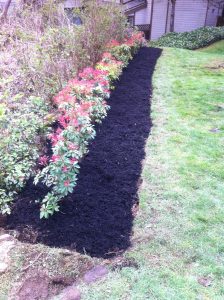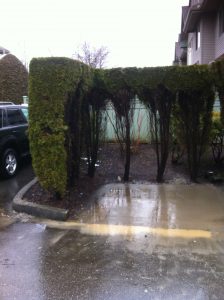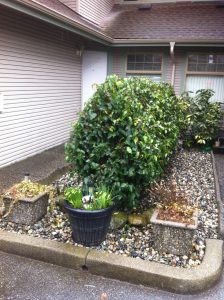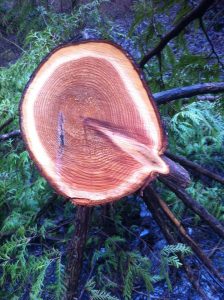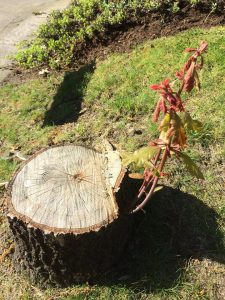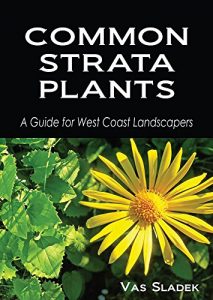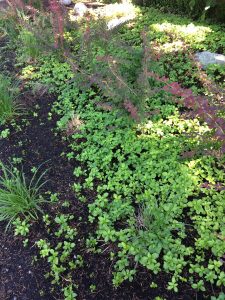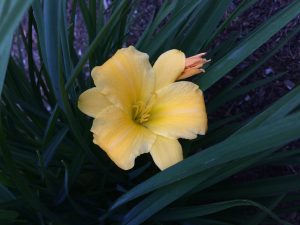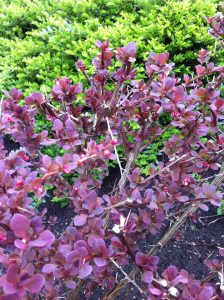My friend who specializes in artificial turf installs told me recently that he was killing it. Great. I was happy for him. He went through his apprenticeship by installing NFL turf and deserves his success.
However, there are some cases where installing artificial turf is a bad idea. Take for example the case below from the United States.
Unhappy owner
The owner was unhappy with his lawn and approached his landscape company about replacing it with artificial turf. His landscaper was worried-correctly!-about removing four inches of turf and not adversely affecting the tree. Then she posted this picture in a Facebook group and asked people for their opinions.
Incidentally, I recommend joining a few Facebook lawn care groups. Many of the groups have thousands of members and interesting things pop us almost daily.
Let’s see
This is an interesting case so let’s see.
A) I presume that the tree shades out the grass when it pushes leaves out. You could prune the tree to allow for more light penetration. Another possibility is top-dressing with a light layer of soil and over-seeding with shade grass mix. Baby the lawn a little bit. Aerate it and fertilize it.
B) To install artificial turf you have to remove the top four inches of soil and install rock. You can read my blog about my friend’s project which shows the steps involved in installing artificial turf.
Since trees rely on surficial roots for water and nutrient collection this step would no doubt affect the tree. I also notice large roots that would make it impossible to install the turf perfectly flat.
And to prepare the rock for turf install, it gets compacted with a machine. We know soil compaction kills trees by limiting air and water uptake by surficial roots. Installing four inches of rock and compacting it all around the tree would have serious consequences for the tree.
C) I understand that most artificial turf models allow water to penetrate but I still think it wouldn’t be the same deal for the tree. Then there is the issue of heat. Natural grass produces oxygen and cools down our properties and cities. It’s the opposite with artificial turf. Once it’s installed it heats up and the soil underneath dies. I think the turf would simply “cook” the tree roots.
D) I believe the tree has to go before artificial turf can be installed. Imagine the full effect from grass cooling and tree shade to open artificial turf which absorbs heat and zero shade. Remember, artificial soccer fields should be watered down to protect the players on hot summer days.
E) Then there is the issue of cost. Artificial turf isn’t cheap but it’s easier to maintain than natural grass. I personally dislike anything artificial in my landscapes. Anything that kills soil is bad in my books.
Conclusion
The owners of this property have to find another solution to their grass problems. Artificial turf install is totally incompatible with the tree in their front yard. They can prune the tree and baby the grass. Or they can remove the tree to make way for artificial turf. Of course, this step loses the many ecosystem services provided free of charge by the tree and leads to soil death. I would personally avoid this second idea at all costs.


